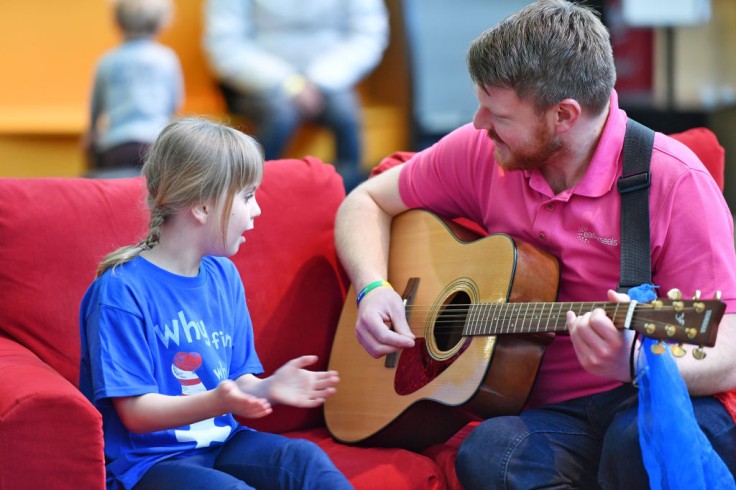
Researchers from Harvard have just diagnosed Autism in fetuses while still within the womb. They scanned unborn children to differentiate features in their brains that may indicate the later emergence of Autism after birth. The study has performed the earliest known possible diagnosis of Autism.
This development shows promise in enabling early diagnosis of infants, which also makes early treatment possible. Early treatment means a significant improvement in their chances of being able to reconnect with their surrounding environment, ZME Science reports.
What is Autism?
Autism spectrum disorder (ASD) is a brain disorder that affects children's capacity to communicate and interact with the people and things around them. The condition can be severe enough to cause an overload of sensory information and shut them down, which cuts them off and isolates them.
There is currently no cure for Autism. Cognitive therapy is being conducted on patients to improve their skills for communication. The success of such treatments depends on the severity of the condition and early diagnosis. To date, Autism can be diagnosed as early as 18 months old.
According to the research team's abstract published in EventScribe, the cause of this disease, which is diagnosed in one child out of 68 in the U.S., is still not known. It is believed that ASD is caused by environmental and genetic factors that influence pre- and post-natal development.
Diagnosing Autism using MRI
The team believed that magnetic resonance imaging or MRI might detect structural anomalies and diagnose the condition. Their study used MRI to scan the brains of fetuses within the womb at approximately 25 weeks.
The results showed significant differences in the brain's insular lobe between neurotypical children and children subsequently diagnosed with the disorder after birth.
The insular lobe region is far more prominent in children who were later diagnosed with Autism. This section of the brain is believed to be involved in social behavior, decision making, and perceptual awareness, which are essential in enabling social awareness and intelligence, as per a study published in National Center for Biotechnology Information.
The study's first author, Massachusetts General Hospital's Dr. Alpen Ortug, says that earlier detection would enable doctors to treat ASD better. Their study, he says, suggests that the insular lobe's increased volume could be a pre-natal solid biomarker that can predict ASD's emergence later in life.
The study scanned 39 brains of children while still within the womb and after birth. Nine of the subjects had ASD, while 20 had typical brain structures. The remaining ten children were not later diagnosed with ASD but were seen to have health conditions that ASD patients are known to have.
The scans also showed a more prominent junction between the hippocampal and the amygdala in autistic children, which is not seen in the ten children with health conditions.
According to the authors, their fetus screening method shows potential in predicting ASD's emergence while still in the pre-natal stage. This can enable the earliest possible diagnosis and treatment for this disease.